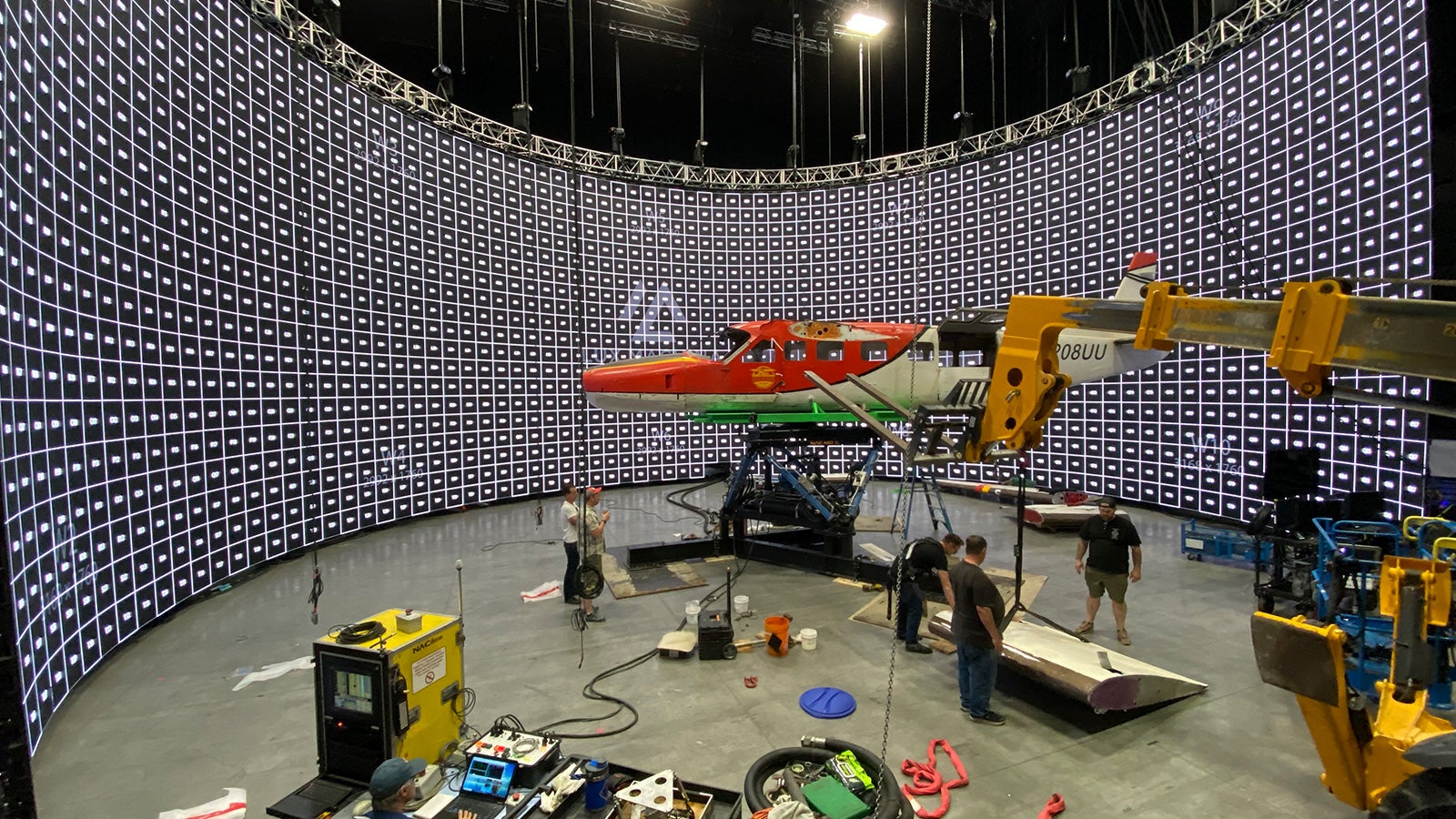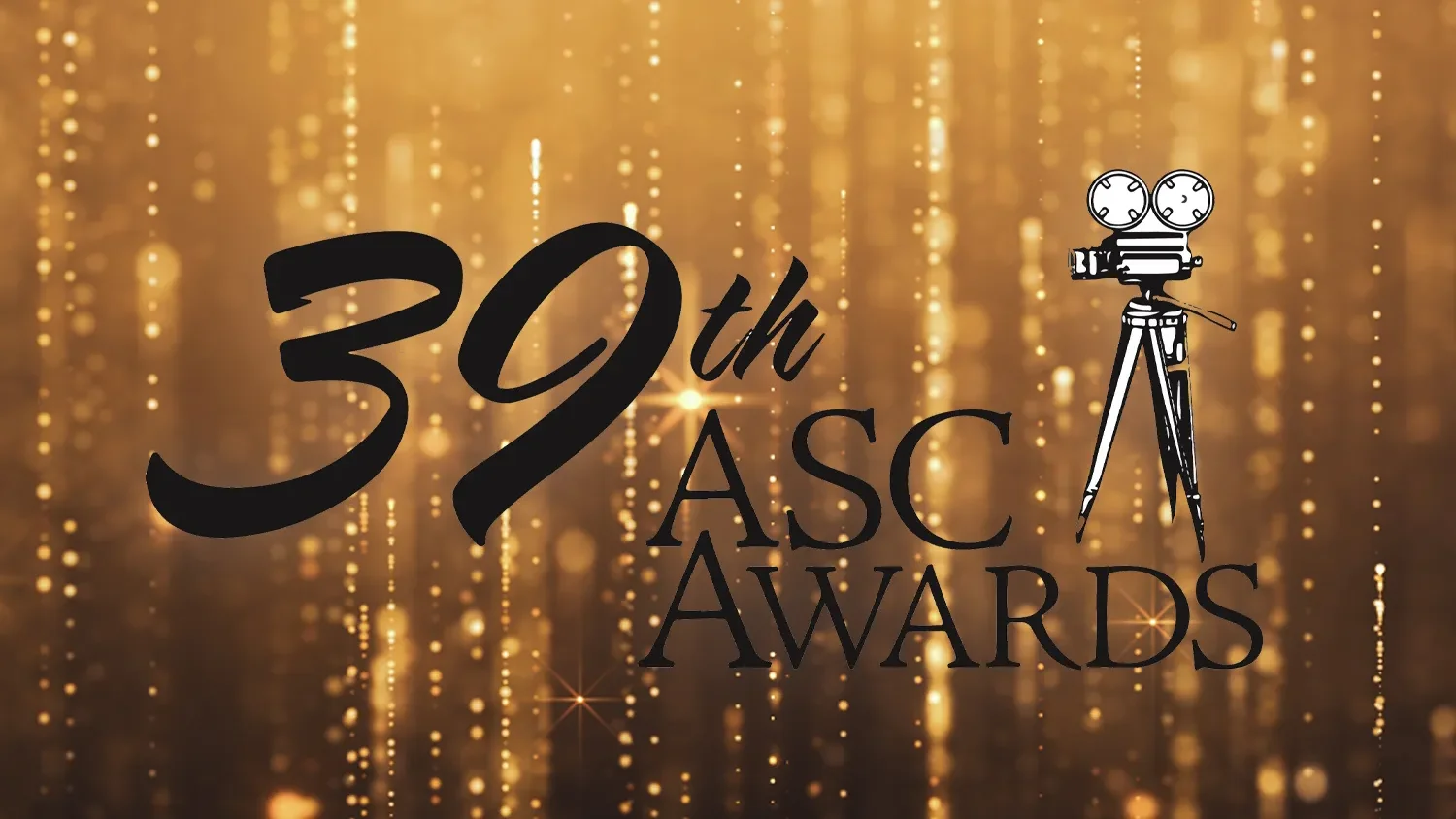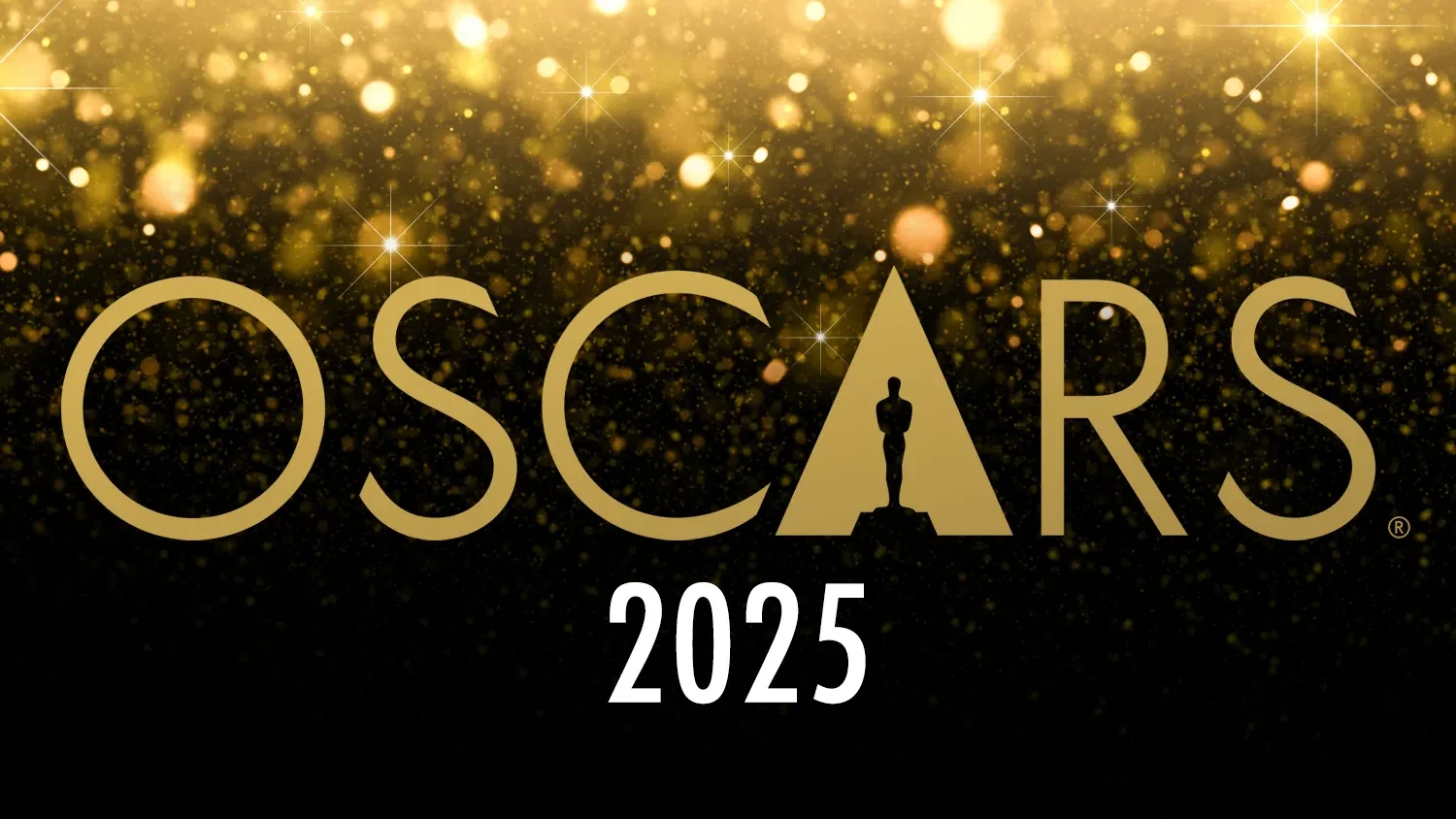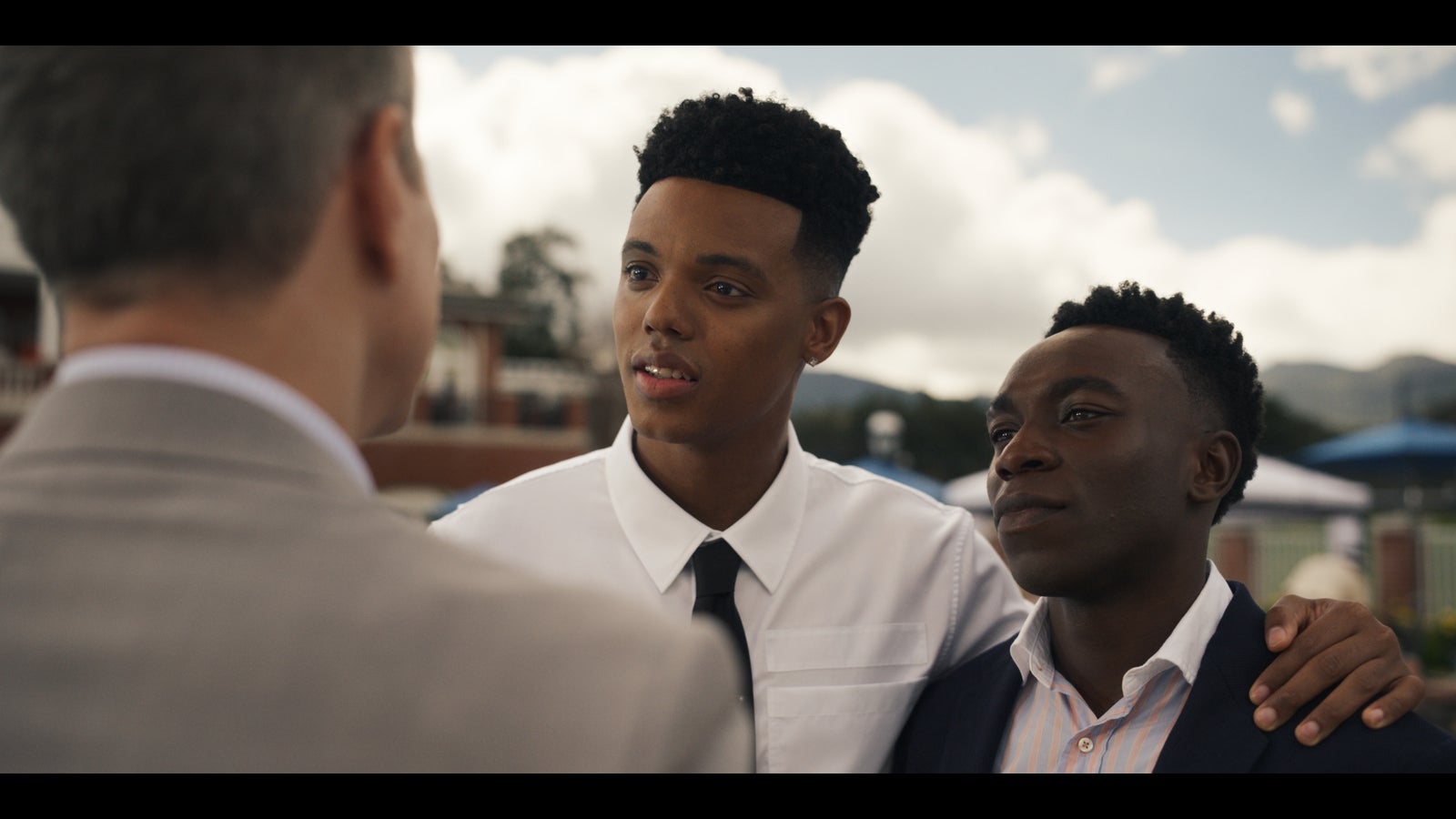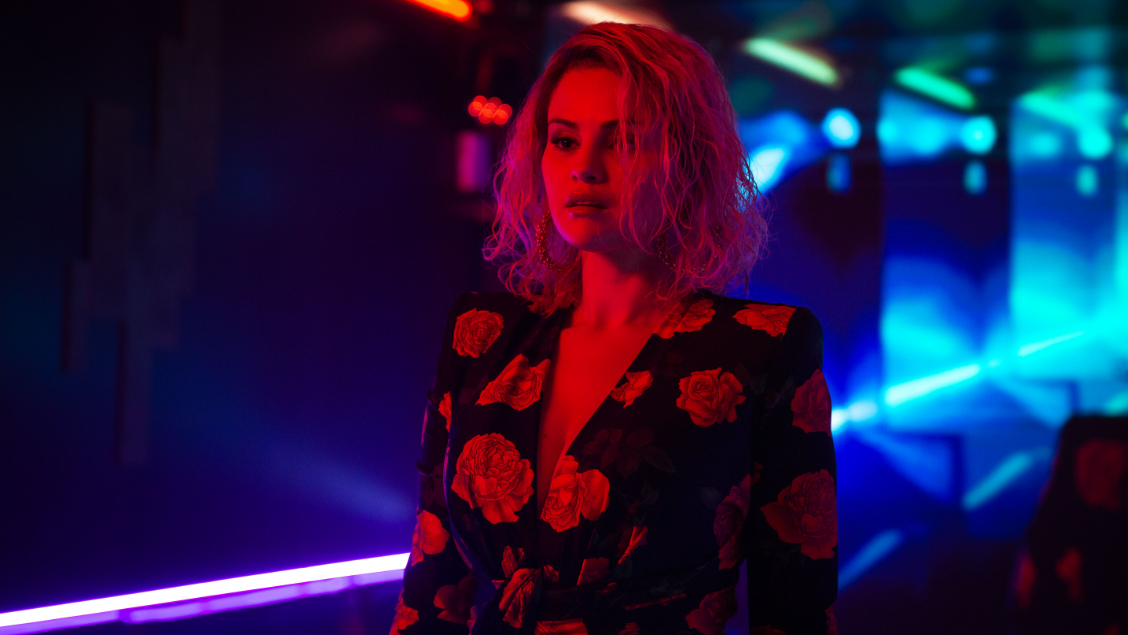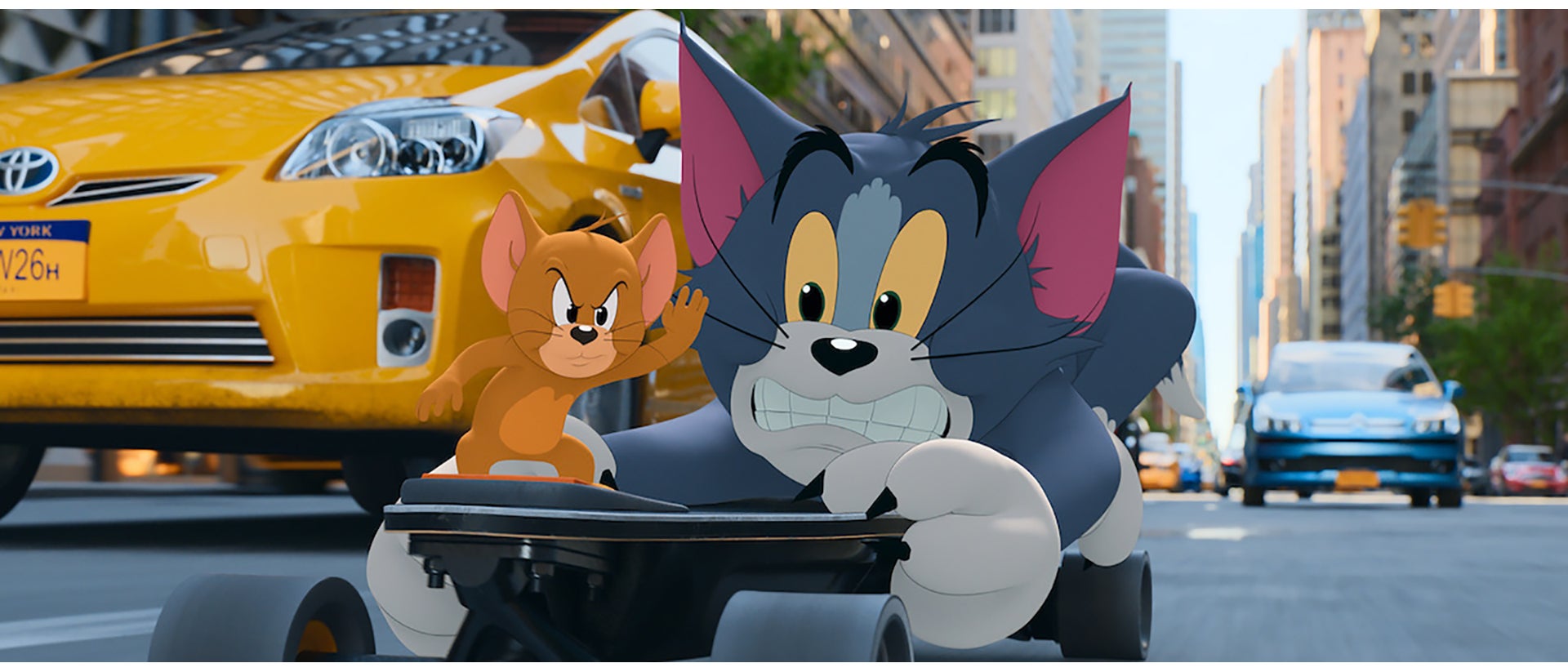
05-07-2021 - Case Study, Gear, Technology
Tom and Jerry: A Global Finish During a Global Pandemic
By:
This article appears courtesy of the author, colorist John Daro. https://www.johndaro.com/blog/2021/2/18/tom-and-jerry
Tom & Jerry was shot on VENICE by DP Alan Stewart with Panavision Primo 70 and Primo Artiste Lenses.
“Tom and Jerry” is in theaters and on HBO Max! I’m excited to share how we built the color on two continents for these classic characters.
Communication
Arguably, the most crucial aspect of finishing this film is how Warner Bros Post Production Creative Services was able to support and complete this project during some of the most restrictive months of the pandemic. Key to the success of this was the communication between Burbank and London. Paul Lavoie (DI Manager), my long-time partner in crime, headed up the Burbank operations while Ann Lynch (Post Supervisor) and Alan Pritt (Post Production Manager DLL) kept everything moving along in London between editorial and VFX. All of this was over email, teams, and phone calls since travel was prohibited. The challenge here was keeping everyone on the same page between the two different time zones. Later on, we found out that would also be one of the project’s greatest strengths.
VFX
Framestore London did the VFX shots for the show. There were numerous versions of every shot, right up until delivery, and a couple after, you know… the usual. Framestore received ACES AP0 EXRs and returned the same back once work was complete with one key difference. Aside from the plates having beautiful animation when they returned they also acquired a number of matte channel layers in the EXR. Each character had mattes for their body, eyes, drybrush, and any props they were handling. This made for some extra prep prior to color, but it paid off big time when we started the grade.
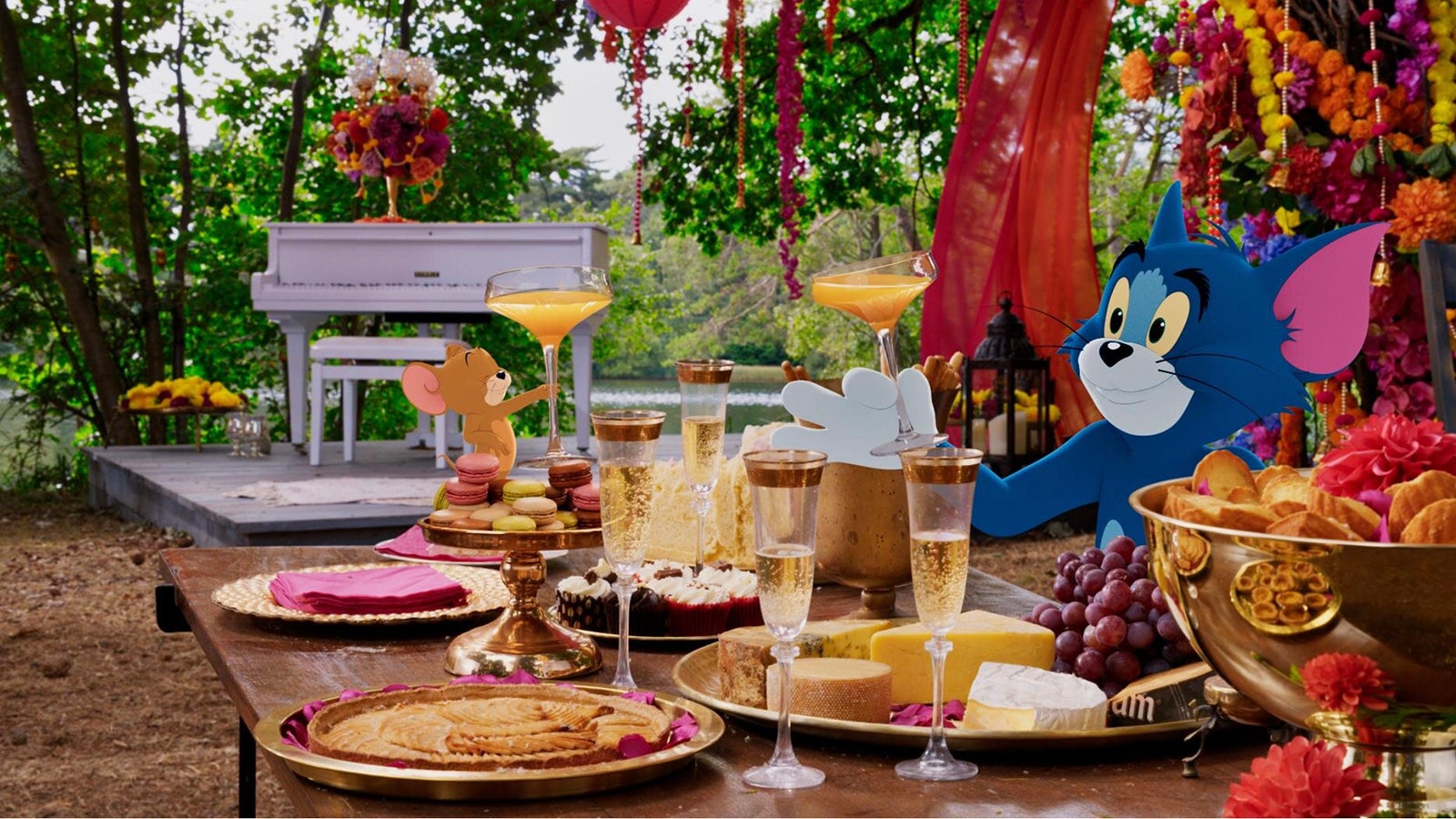
Characters got their own pass. Before, above and after, below.
Putting it Together
Conform and color prep was completed at DeLane Lea by Otto Rodd (DI Editor DLL). While we were sleeping in LA, Otto would cut in the night’s deliveries from VFX and connect all the mattes for use in the grade With the number of characters and the granularity of the mattes, I can’t begin to tell you what a herculean effort this was. At the end of his day, he would send the project files for the reels that were updated back to LA where Leo Ferrini (DI Editor) would then take over while Otto slept. Working in this way, we had a 24-hour work cycle with everyone working a normal day shift. There was a lot to do in those 24 hours. For starters, the organization that Otto and Leo imparted onto the timeline was second to none. Each character had its own layer. This layer stayed consistent throughout the whole film even if the character was not in the shot. Tom was on layer 100, jerry on 200, spike on 400, and so on. We didn’t necessarily use all the layers in between, but this kept the timeline nice and tidy. Simply put, we had a lot of layers with the number of characters and props in the film. In Pro Tools sound speak, we used all 128 tracks.
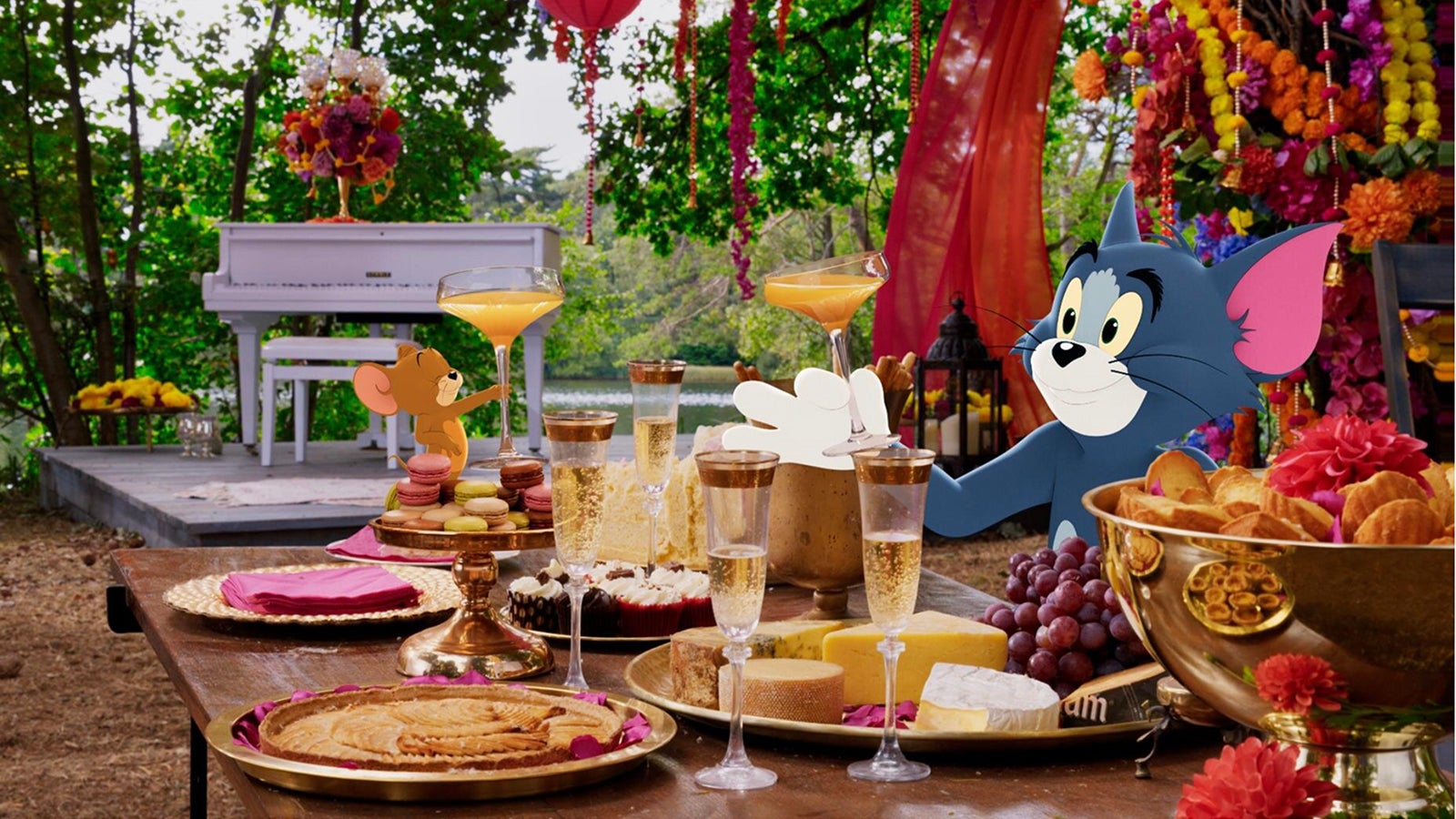
Tom post grade
Covid Grading
Things were looking pretty bad on the covid front when we started the grade in early December. Numbers were spiking most likely due to Thanksgiving gatherings and the situation was looking pretty bleak. Tim Story (Director), Chris DeFaria (Producer), and Peter Elliot (Editor) rotated supervising the grade since I was limited to only 2 creatives in the room at a time. We sent Baselight project files to DeLane Lea so that Alan Stewart (Cinematographer) and Frazer Churchill (VFX Supervisor) could review them in London. Working on hybrid animation is sort of like grading two separate films. We had the initial grade for the live-action plate. The direction for the show was bright, vibrant, and colorful. Next, each character got their pass. The characters had very specific targets. We treated them as if it was a cell animated cartoon. There was minimal interactive lighting on them.
The idea was to keep the characters consistent throughout the whole film. To achieve this, I composited the VFX character back over my plate grade so that they were unaffected by the color of the live-action plate. Leo and Otto categorized each character's matte layer so that I could solo them out. In this way, it sort of works like a search in email. I could say “search” for all “Tom” shots and then the Baselight would return a reel of only shots that Tom was in. Then I would make corrections based on the character’s environment to ensure that they were perceived the same taking local color into account. This was a huge help in keeping the characters true to their looks throughout the film.
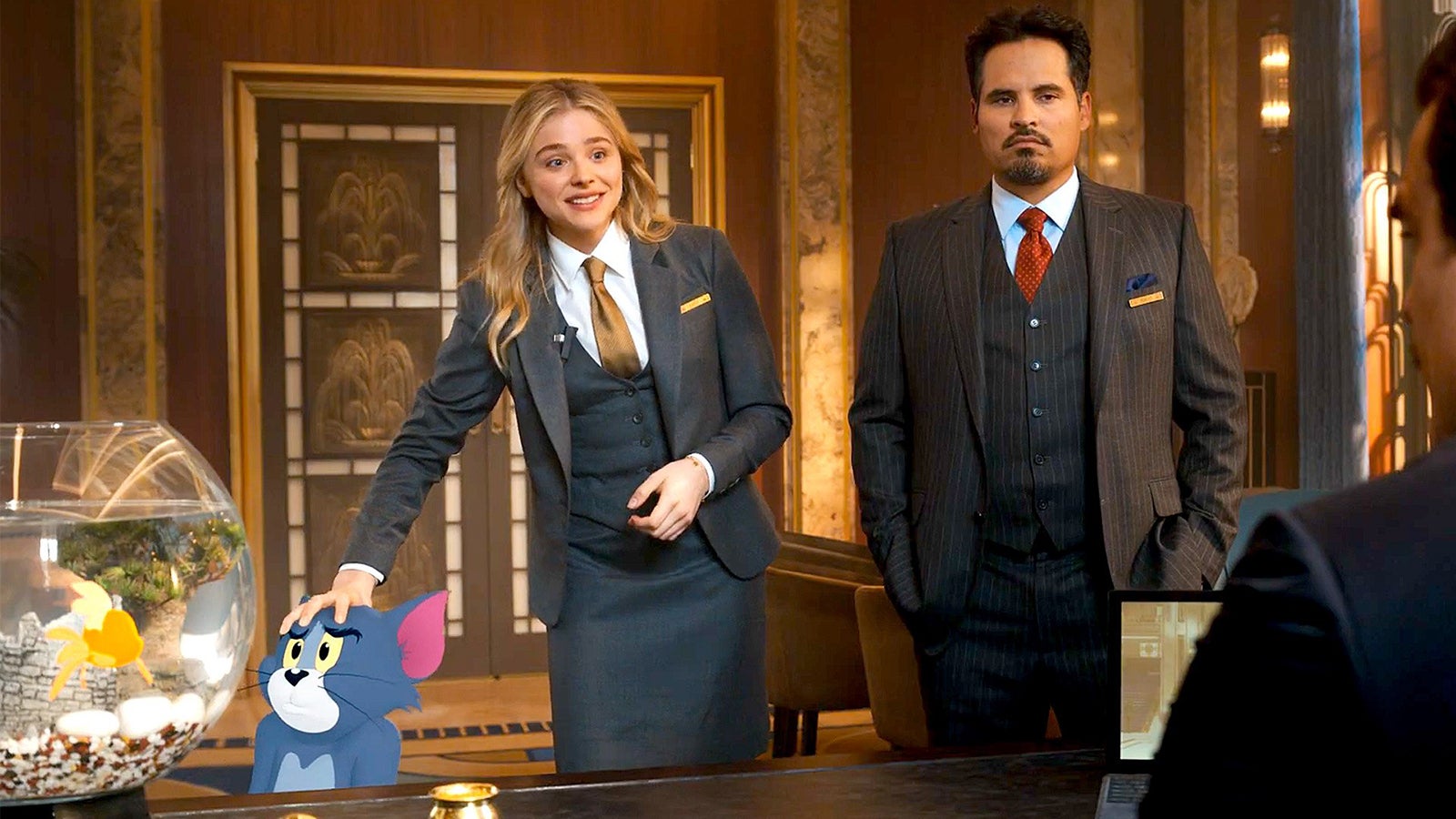
Theatrical Version
The color pipeline for the theatrical grade was ACES AP0 -> ACEScct (grading space) -> Show LMT -> P3D65. ACES 1.1 was used for the P3D65 ODT. We made a temp DCP once the final grade was approved to screen in a room large enough to have everyone together. The team chose to screen in the Ross Theater on the WB lot, which was my first time back in a proper theater in ages. Now I know all theaters aren’t the Ross, but it did remind me how much I missed the theatrical experience. There really isn’t any substitute for best-in-class sound and picture exhibition. Hopefully, we can all be together at the cinema soon.
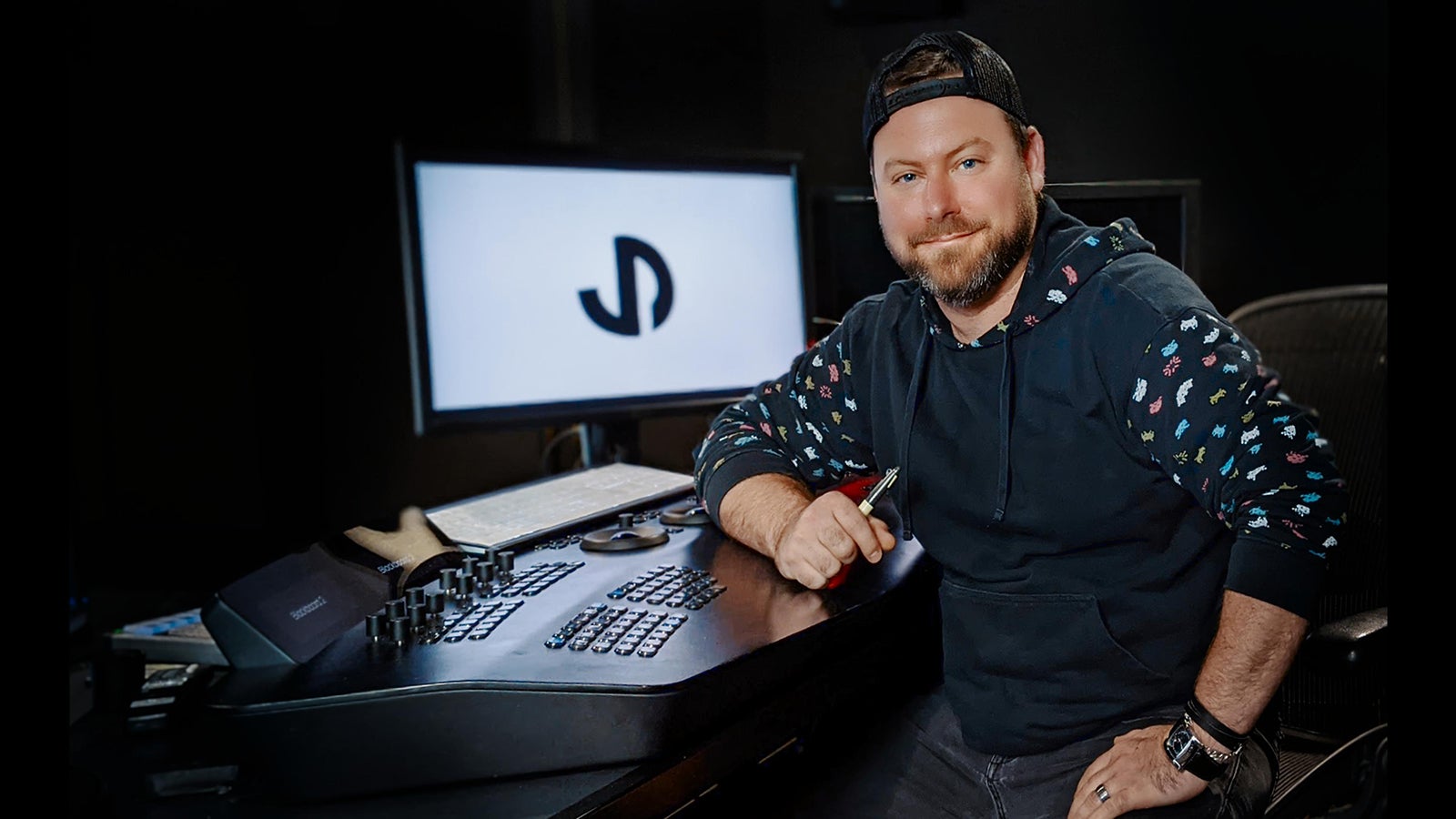
Colorist John Daro
HDR Grading
HDR grading started immediately after the theatrical was locked. We had a tight turnaround since the picture would be available simultaneously in theaters and on HBO Max. The 1000nit p3D65 HDR grade was completed in three days. ACES helped in doing some of the heavy lifting regarding the basic tone mapping. I then came up with an additional HDR LMT to add a bit more contrast and rolled off the highlights softer than what the stock ACES curve was doing. The biggest challenge after that was correcting all the characters. Since the animated characters bypassed the show LMT, their values, especially in the eye whites, were very high for HDR. Again, being able to solo the characters was a huge help for this pass. Once completed, The filmmakers came in for trims and approval on two Sony BVM-X300s on opposite sides of the room to ensure proper social distancing. The X300s have a wide viewing angle, especially when compared to the newer X310s, but a color skew does appear when you sit too far off-axis. I wanted to make sure, that everyone had a straight shot at the display even though we were spread apart. Having two was a nice luxury and I’m sure went a long way to making everyone feel safer, comfortable, and confident in the viewing setup.
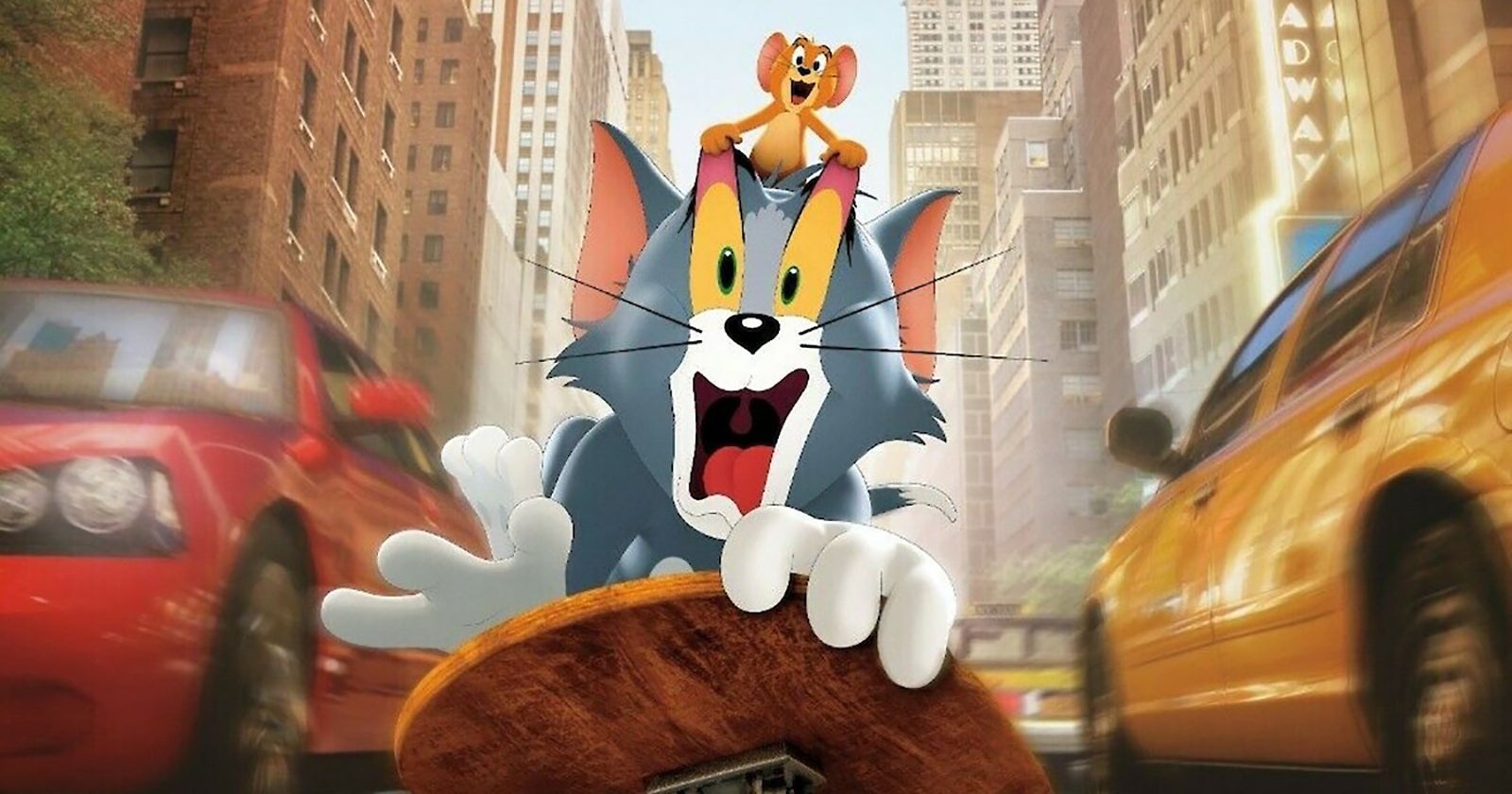
SDR Trim
Next up was taking ten pounds of HDR and fitting it into the 8 pound rec709 bag. The Dolby trim was done with the same dual X300s. One set up for 1000nit PQ p3D65 and the other setup for 100nit 709. Dolby analysis was calculated for every shot and then a base Dolby trim was applied as a starting point. I used the HDR and Theatrical passes as a reference and trimmed the SDR to best match given the limitations of a smaller gamut. Really the only bump I had here was the sky. In the theatrical P3 version, we had a very strong cyan sky that was meticulously worked on with shapes and keys to get as vibrant of a sky as possible. Once we put those values into 709 they landed out of gamut.
Imagine a car headed straight for a brick wall. At some point, the driver needs to turn either left or right. I guess the other option would be to crash into the wall but in this analogy that would be clipping and we don’t want that. If the driver goes left he heads towards the magenta side of blue if he goes right he goes towards the cyan side of blue. Dolby in this case took our cyans and turned left. This resulted in a more magenta sky which didn’t look bad, it was just not as intended. To remedy this, I used the Dolby secondaries to swing the blue/cyan values away from magenta and back towards the original cyan. The trim took about a day and a half. Once completed we had one more approval session with only one note!
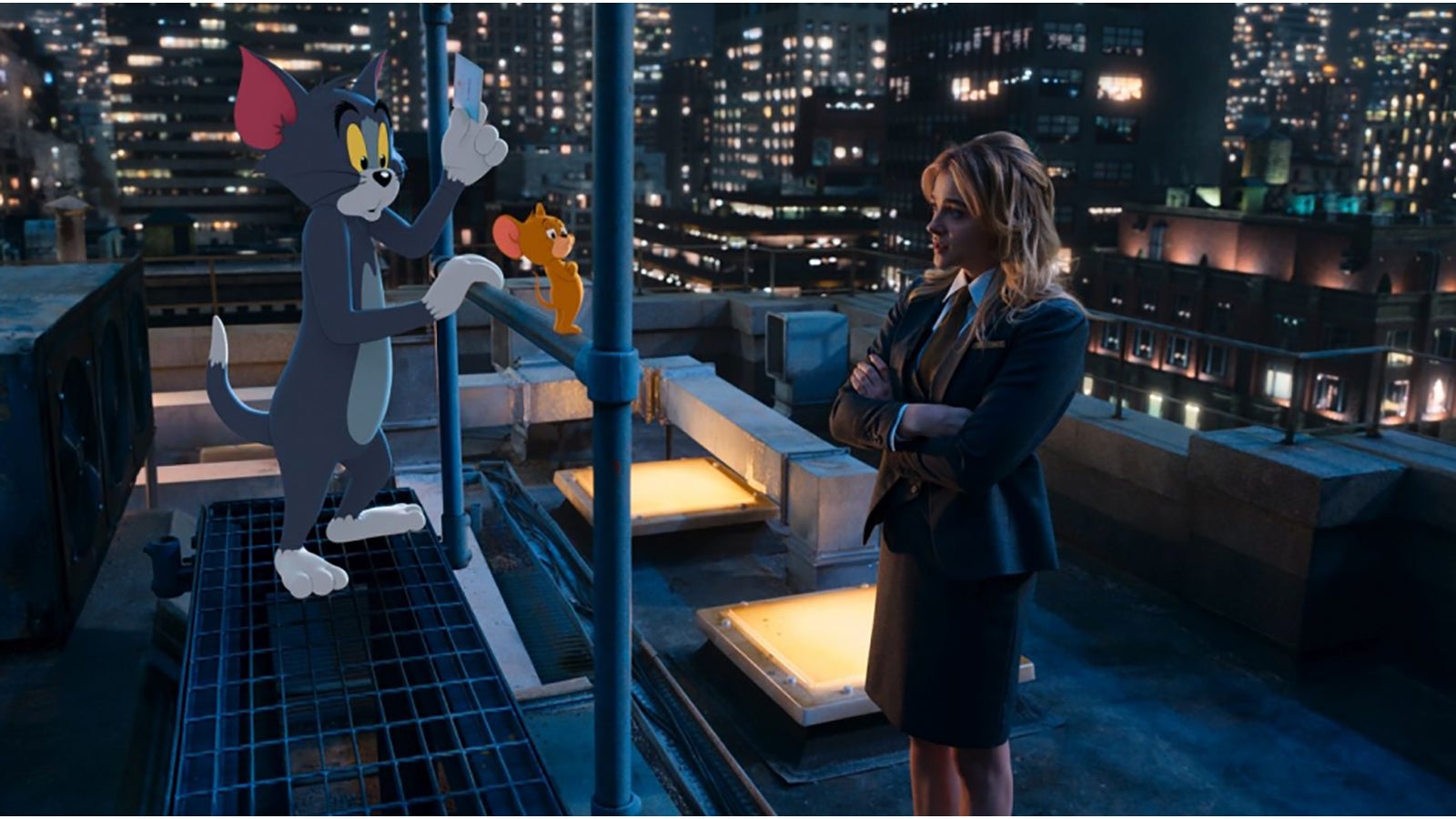
Deliverables
Next, it was time to create the masters. The Theatrical had a p3D65 2.6 gamma DSM created, along with an XYZ 2.6 gamma DCDM. We also archived an ACES master for future remastering, plus an un-graded ACES archival master for preservation. The HDR version was rendered out as 1000nit p3D65 PQ tiffs and then placed into a rec2020 gamut by Julio Meganes(color assistant) in MPI’s Media Ops department. A Dolby XML file containing the metadata recipe to get to the 709 color trims was exported from the Baselight. Julio imported that into the Transkoder and married it to the HDR picture. From there, the final audio was synced up and many sub-masters in various formats were created for servicing and distribution.
Thanks for Reading!
Thanks for taking the time to read about how the sausage was made. It was a truly collaborative effort leveraging the strengths of Warner Bros Post Production Creative Services’ global footprint. I couldn’t be happier with the way the project turned out. Grab the family and some popcorn and go watch Tom and Jerry destroy the Royal Gate Hotel!

